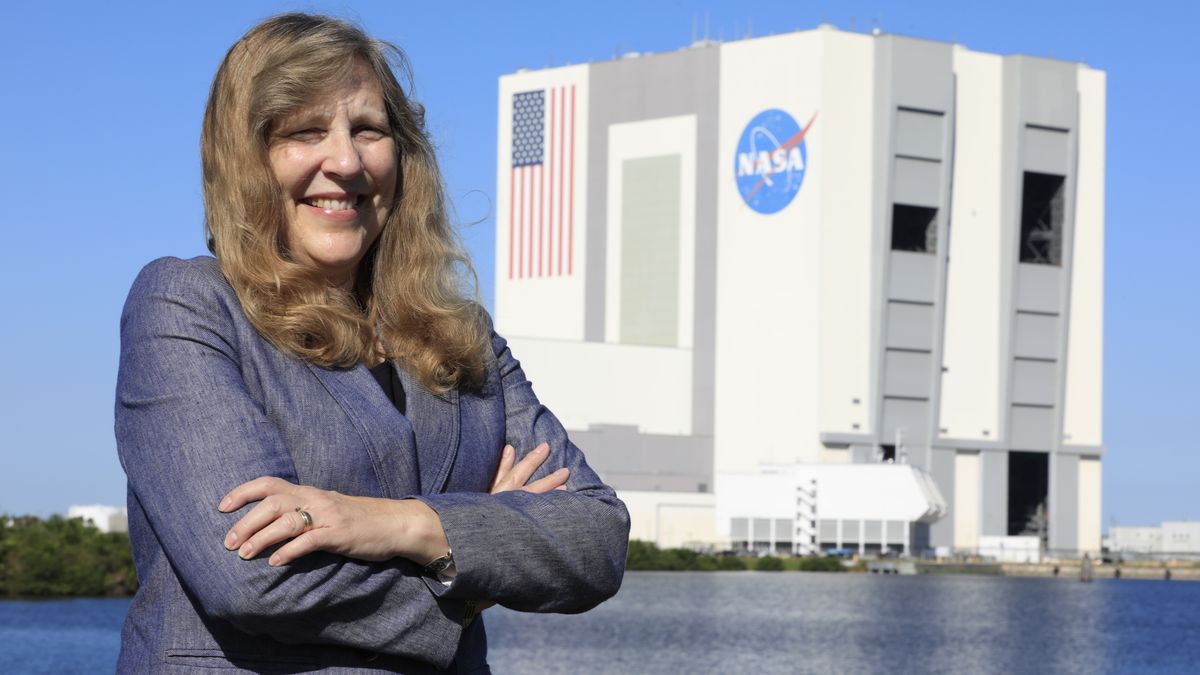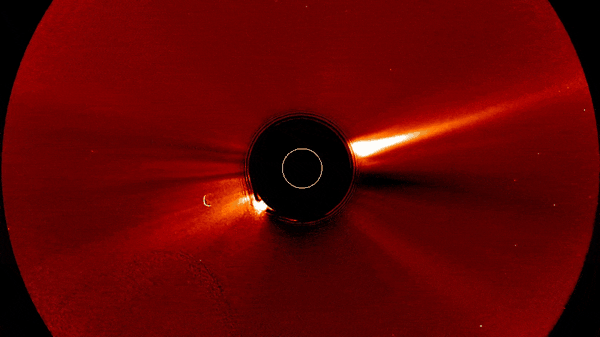Solar Eclipse Revealing the Hidden Secrets of the Sun
Our current observations of the sun leave a significant gap in our understanding – a portion of its atmosphere remains effectively invisible to our telescopes. Fortunately, images captured from Earth during a solar eclipse are shedding light on this obscured layer, offering us an unparalleled glimpse into the secrets of our star.
However, the process of capturing these images is no simple task; it requires expertise, specialized equipment, and a great deal of patience. A select few individuals possess the necessary skills to capture and process solar eclipse images in a way that unveils some of the sun’s best-protected mysteries. One of these remarkable individuals is Czech mathematician Miloslav Druckmüller.
Based at the Brno University of Technology in the Czech Republic, Druckmüller is renowned in solar physics circles for his breathtaking renditions of the solar corona – the wispy, white rays and magnetic lines that become visible during a total solar eclipse. He is currently preparing to collaborate with researchers from the University of Hawaii during the total solar eclipse on April 8 in Mexico.
An Unprecedented Imaging Campaign
On the day of the eclipse, a total of 66 cameras equipped with special filters will be strategically placed across observing locations in Mexico and the U.S. These cameras will capture tens of thousands of images during the brief four-minute window of the eclipse. The goal is for Druckmüller’s expert image processing techniques to extract previously unknown information about the sun’s otherwise invisible atmosphere from this vast dataset.
The solar corona, which consists of extremely thin, charged gas known as plasma, represents the uppermost layer of the sun’s atmosphere. Despite its significance, the corona is a million times dimmer than the visible photosphere, making it challenging to observe. To overcome this obstacle, astronomers use an instrument called a coronagraph, fitted with an occulter that blocks the sun’s intense light.
However, traditional coronagraphs have limitations that prevent scientists from fully exploring the hidden region of the corona. This region is crucial for understanding fundamental processes such as the solar wind and coronal mass ejections, which can impact Earth’s geomagnetic environment.
A Window into the Sun’s Invisible Domain
Druckmüller’s solar eclipse images offer a unique perspective into this unseen realm of the sun’s atmosphere. By meticulously capturing the intricate details of the coronal gas and magnetic-field interactions, his images provide valuable insights into the dynamic behavior of the sun’s outermost layer.
Driven by a passion for creating exquisite solar eclipse images, Druckmüller’s work began as a personal endeavor in 1999 during a rare solar eclipse event in Central Europe. Over the years, his hobby evolved into a second career as his images gained recognition within the scientific community.
With each subsequent solar eclipse observation, Druckmüller’s techniques and equipment have advanced, enabling him to capture not just the corona’s visible light but also spectral lines of various energetic ions within the coronal gas. This breakthrough allows for temperature measurements in different regions of the corona, opening doors to new avenues of scientific inquiry.
The Ongoing Quest for Solar Understanding
Despite the increasing complexity of solar eclipse observations, Druckmüller remains dedicated to unraveling the mysteries of the sun. As he prepares for the upcoming eclipse, his team is poised to conduct a multifaceted imaging campaign that promises to yield invaluable scientific data.
As technology and expertise continue to advance, Druckmüller’s contributions to solar physics represent a crucial link in our quest to comprehend the intricate workings of our nearest star. With each eclipse expedition, our understanding of the sun’s hidden secrets comes into sharper focus, illuminating the path to new discoveries in the realm of space science.
Image/Photo credit: source url





